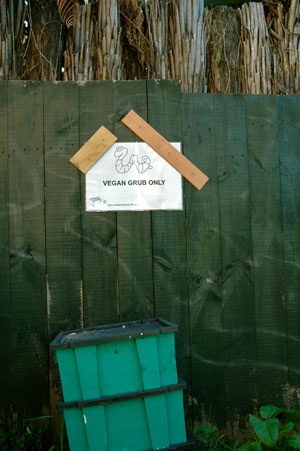Waste Management
It is estimated that 20% of New Zealand’s waste in land fills and 80% in clean fills is attributable to the building industry with a cost of over $80m a year1. Landfills use up valuable land area and may also release harmful chemicals into the local environment. Methane is produced during the breakdown of some types of waste; this gas has a Global Warming Potential (GWP) 21 times that of carbon dioxide.
By employing good management practices via a Waste Minimisation Plan (WMP) onsite construction waste can be dramatically reduced, which presents an important opportunity to save both materials and money. For example:
- Designing for standard sizes to avoid cut-offs,
- Offsite prefabrication (allows greater use of efficient cuts lists and reuse of off cuts),
- Keeping the design simple,
- Ordering the minimum amount of materials required for the job,
- Recycling all site waste, and
- Providing contractors with clear guidelines on waste management practices and ensuring that they buy-in to these practices.
Environmental management on site is also important to minimise the impact of the construction process on the surrounding environment. An Environmental Management Plan (EMP) can be used by the contractors to ensure that environmental accidents are minimised and there are effective procedures in place to deal with accidents should they occur. For example, EMP's often include procedures to avoid contaminated construction run-off entering local waterways. As part of construction EMP procedures regular checks should be carried out to minimise the chance of accidents occurring.
During construction we had both an Environmental Management Plan and Waste Minimisation Plan in place to minimise the environmental impact of the construction process.
We paid a lot of attention to recycling waste on-site. We had a number of bins to separate materials into wood, gib, steel, plastic, etc. Separating them meant they could each be recycled via the appropriate channels once the house was completed. Food waste even had its place, with builders tossing food scraps into a worm bin that is being used in the garden now that we've moved in.


